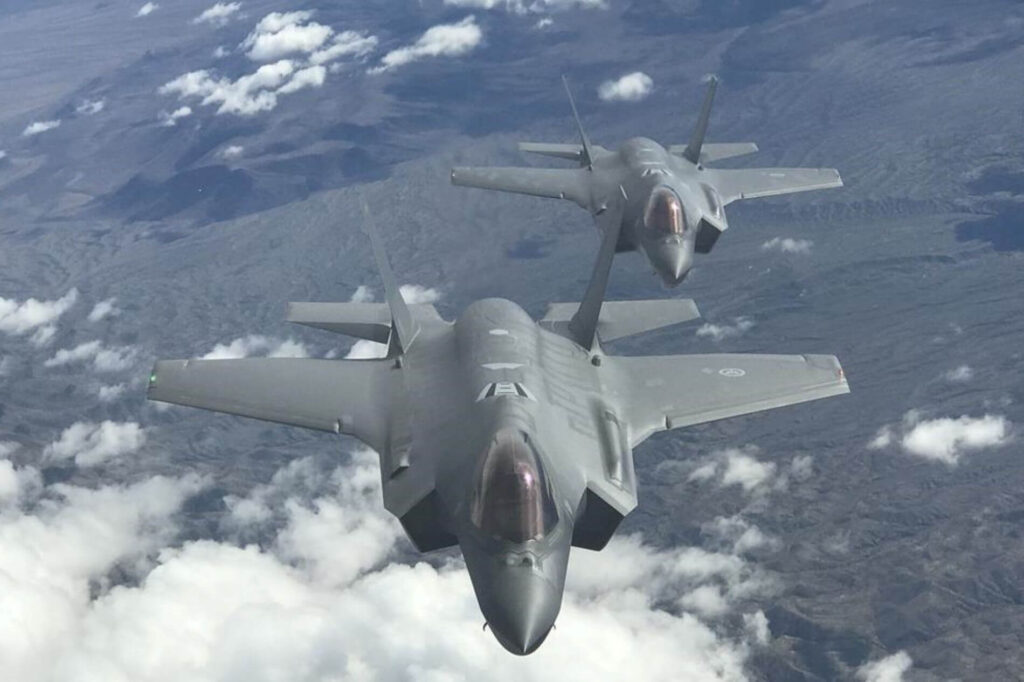In the evening of September 27, 2020, three Lockheed Martin F-35 Lightning II fighter jets reached Norway’s Ørland Airport, as the Nordic nation continues to joust with Russia over the Barents Sea.
The new batch brings Royal Norwegian Air Force’s (RNAF) F-35 fighter jets count to 21, not including 7 still stationed in Fort Worth base in Texas, the United States, to be delivered next.
The deliveries follow a string of interceptions of Norwegian aircraft by Russian fighters. MiG-31s of Russian Northern Fleet have been scrambled three times in three days between September 3 and September 5, intercepting Norwegian P-3S Orion maritime surveillance airplanes over the neutral waters off the Kola Peninsula in the Barents Sea. Russian National Defense Control Center claimed they have prevented Norway’s incursion into the Russian airspace, while Norwegian military said their flights were conducted in accordance with international regulations.
Meanwhile, on September 14, NATO announced that Norway has already scrambled its jets to intercept Russian aircraft 41 times in 2020, more than in the entire year of 2019. Such a situation sets the perfect context for Norway to continue scheduled acquisitions of the F-35 jet.
In total, RNAF plans to receive 52 Lightning IIs, while the purchase of 46 of them is already approved by the Norwegian parliament. All Norwegian F-35 fighter jets are modified with drag chutes that allow them to land on wet and frozen runways, while RNAF is working on a containerized version of F-35 support systems that will allow the deployment of the jet outside of major air bases.
Norway is one of the core participants of the Joint Strike Fighter program. In 2008, it selected F-35 as its next main fighter jet, receiving the first batch at Lockheed Martin production facility in 2015, and ferrying them to Ørland base in November 2017. RNAF continued receiving 6 jets per year since then, planning to completely phase out its fleet of ageing F-16s by 2024.

